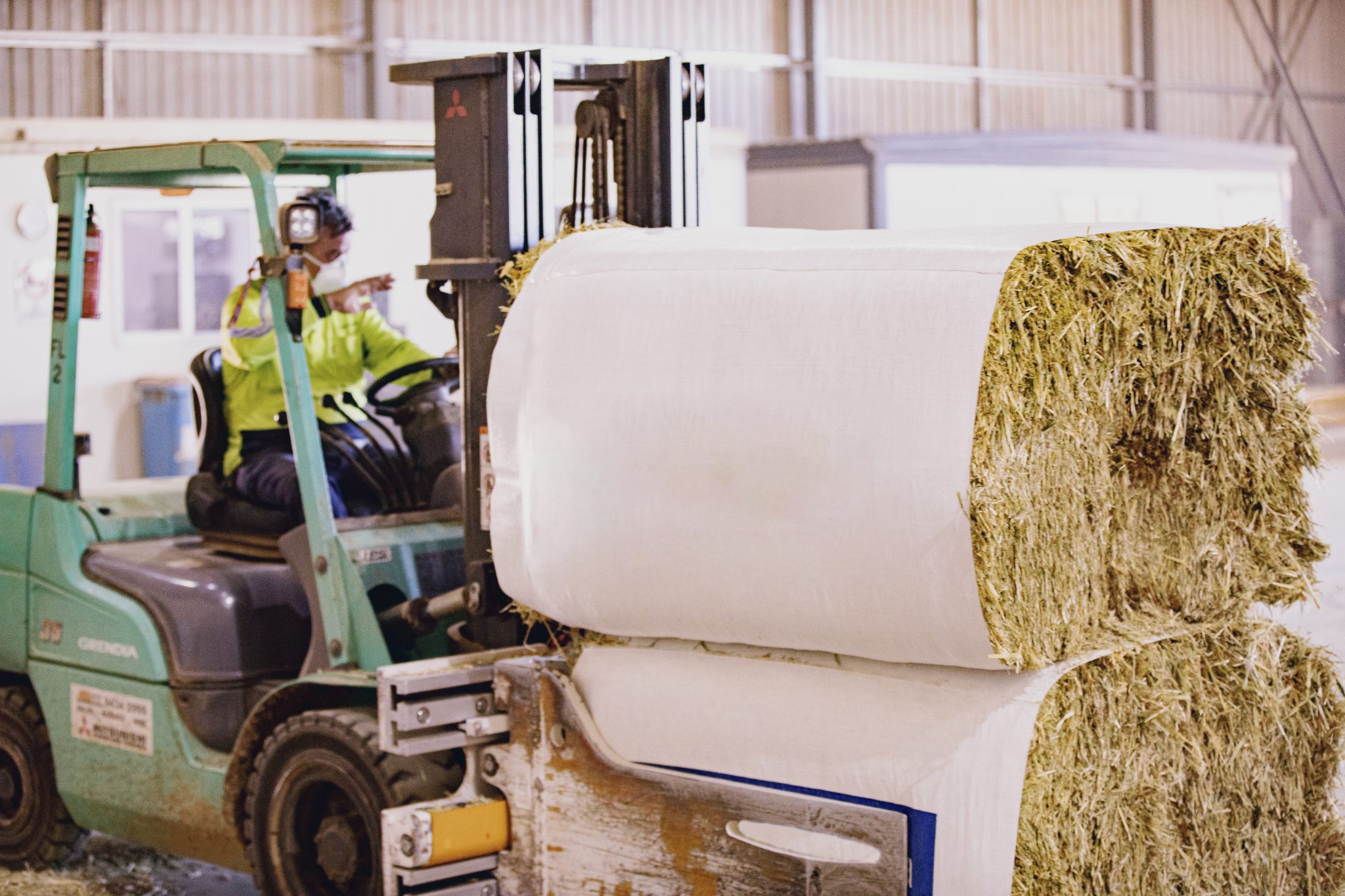The project – started this year – could also deliver animal health, production, and environmental benefits for the dairy industry.
University of Melbourne Livestock Nutrition and Grazing Management Lecturer Dr (Paul) Long Cheng is leading the AgriFutures Australia and University of Melbourne research into the use of oaten hay to support the sustainable development of dairy production in China.
There has been little international research into this topic and Dr Cheng said it was well overdue, given the increasing use of this roughage source in dairy systems.
“The feedback I’ve had from initial conversations with representatives from the dairy industry in China and those in the Australian industry, such as farmers, is they don’t really know how good is good, or how bad is bad,” he said. “Oaten hay is perceived mostly as a hay – a fibre source.”
Dr Cheng added: “Anecdotally we know oaten hay is much more than a fibre source – it has the potential to improve animal health and overall production. We’re in a unique position, through this project, to be able to demonstrate the quality of the product and to educate the Chinese dairy industry of how, when and why oaten hay can be used in different dairy production systems.”
China is one of Australia’s largest export hay markets, by volume and value, and with the rapid growth of the Chinese dairy industry Australia’s export fodder industry is well positioned to capitalise on this growth.
AgriFutures Export Fodder Advisory Panel member, Balco Australia Procurement and Technical Lead and Australian Exporters Company (AEXCO) board member Pat Guerin said research, generating commercially relevant data would benefit the entire hay supply chain. Developing this technical knowledge would also bolster the industry’s marketing to better compete with countries such as the USA, while assisting customers to get the best value from their hay.
“If we can successfully develop an animal performance model – a Total Mixed Ration (TMR) model – this project has the potential to be ‘cut and paste’ for Australian exporters into any market,” Mr Guerin said.
Continual industry development was also crucial to market sustainability, according to Mr Guerin.











